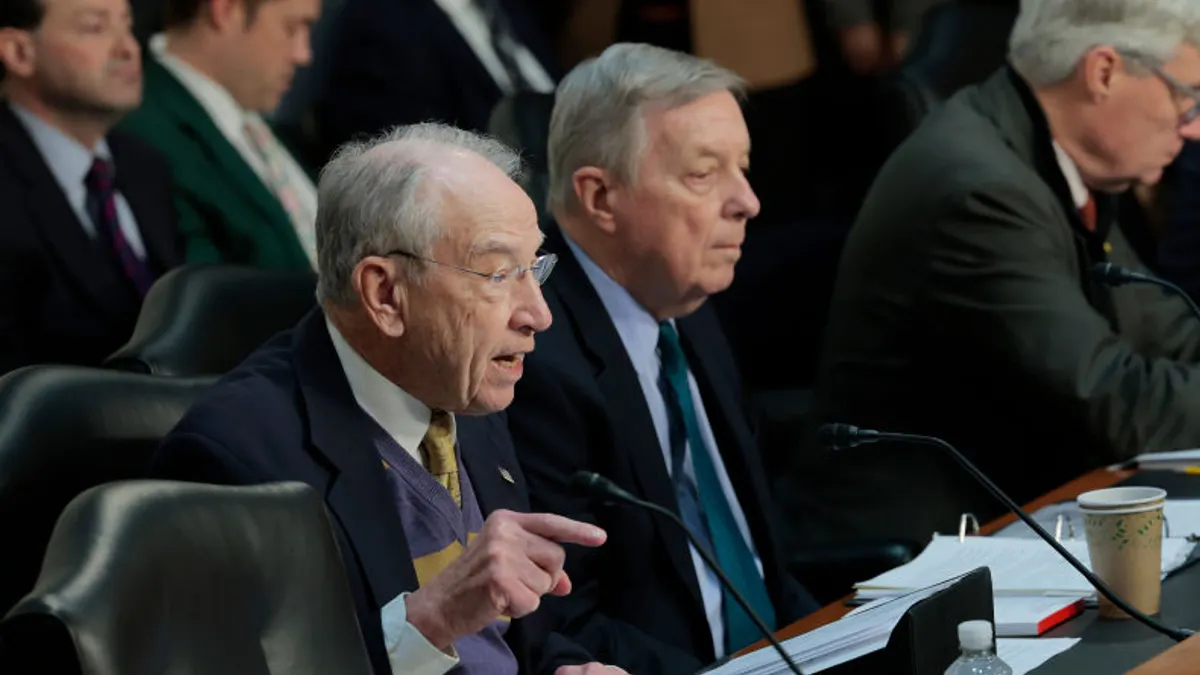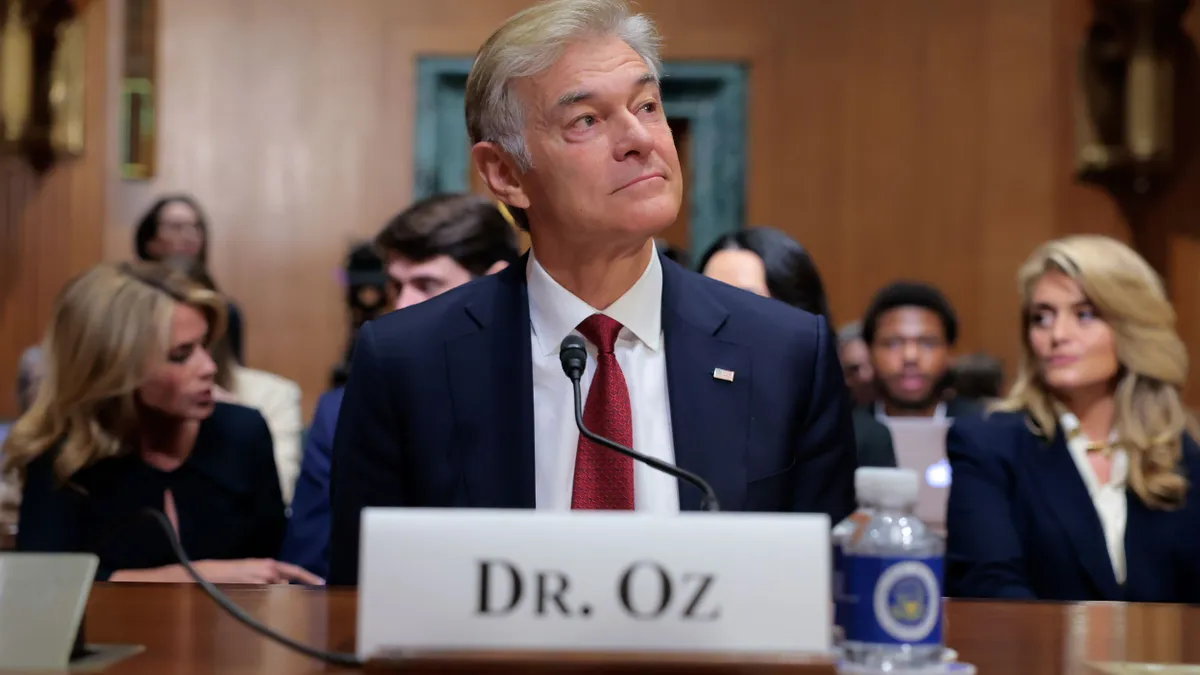Dive Brief:
- Medicare beneficiaries will see their premiums increase 10% next year as the massive federal insurance program braces for higher spending — especially on outpatient hospital services and on the privatized Medicare Advantage program.
- Medicare Part B will have a standard monthly premium of $202.90 in 2026, an increase of $17.90 from this year, according to the CMS. The Trump administration said the hike would have been worse if Medicare hadn’t tweaked how it pays for skin substitutes in a recent final rule. Without that change, the Part B premium increase would have been about $11 higher each month.
- Still, climbing premiums will pressure finances for the more than 33 million seniors in traditional Medicare, and could drive more to switch to MA plans, which are managed by private insurers. The majority of MA plans come with no monthly premiums, a significant draw for seniors — though they cost taxpayers more and restrict care in a way that traditional Medicare does not.
Dive Insight:
Medicare will bring in about $14 billion more next year due to the Part B premium increase, actuaries said in a notice in the Federal Register. The influx of revenue should help shore up the program, which has seen its long-term solvency threatened by an aging population, rising incidences of chronic conditions, higher utilization post-coronavirus pandemic and the introduction of pricier drugs.
Medicare actuaries said most categories that go into Part B spending — including doctor reimbursement, durable medical equipment, lab tests and home healthcare — are projected to see costs rise next year, between 2.5% and 7.3%.
But the sharpest projected increases are for outpatient hospital care, at 8.9%, and on Medicare managed care — MA — at 8.7%.
Hospitals have been racing to snap up doctors’ offices and hike their prices as inpatient revenue flags, driving higher spending on outpatient care. Meanwhile, MA costs taxpayers more than traditional Medicare, in part due to private insurers exaggerating their members’ illnesses in order to increase reimbursement.
Physician-administered drugs bucked the trend, with its projection factor dropping almost 30% next year after rising an average of 24.5% over the past three years. The notice didn’t explain why, though it could be due to higher adoption of cheaper biosimilars.
Premiums are also jumping for Medicare Part A, which covers inpatient hospital care, along with skilled nursing, hospice and some home health services, next year. Beneficiaries’ full premium will be $565 a month, up more than 9% from 2025. However, virtually no Medicare beneficiaries have to pay that premium due to their employment history.
What will affect Part A beneficiaries directly are rising deductibles and cost-sharing. A Medicare senior admitted to the hospital will have to reach a $1,736 deductible before Medicare starts shelling out for their care, up about 4% from 2025. Coinsurance for longer hospital stays is also increasing year over year.
Rising prices for traditional Medicare is the latest indication of spiking healthcare costs threatening to place insurance and medical care further out of reach for many Americans. Just under half of U.S. adults say it’s difficult to afford healthcare, while one-third report skipping or delaying needed medical care due to cost, according to KFF polling.
The affordability issue is currently front and center in Capitol Hill, after lawmakers reopened the government last week without a concrete plan to shield millions of Americans in Affordable Care Act plans from seeing their monthly premiums double or even triple next year.















